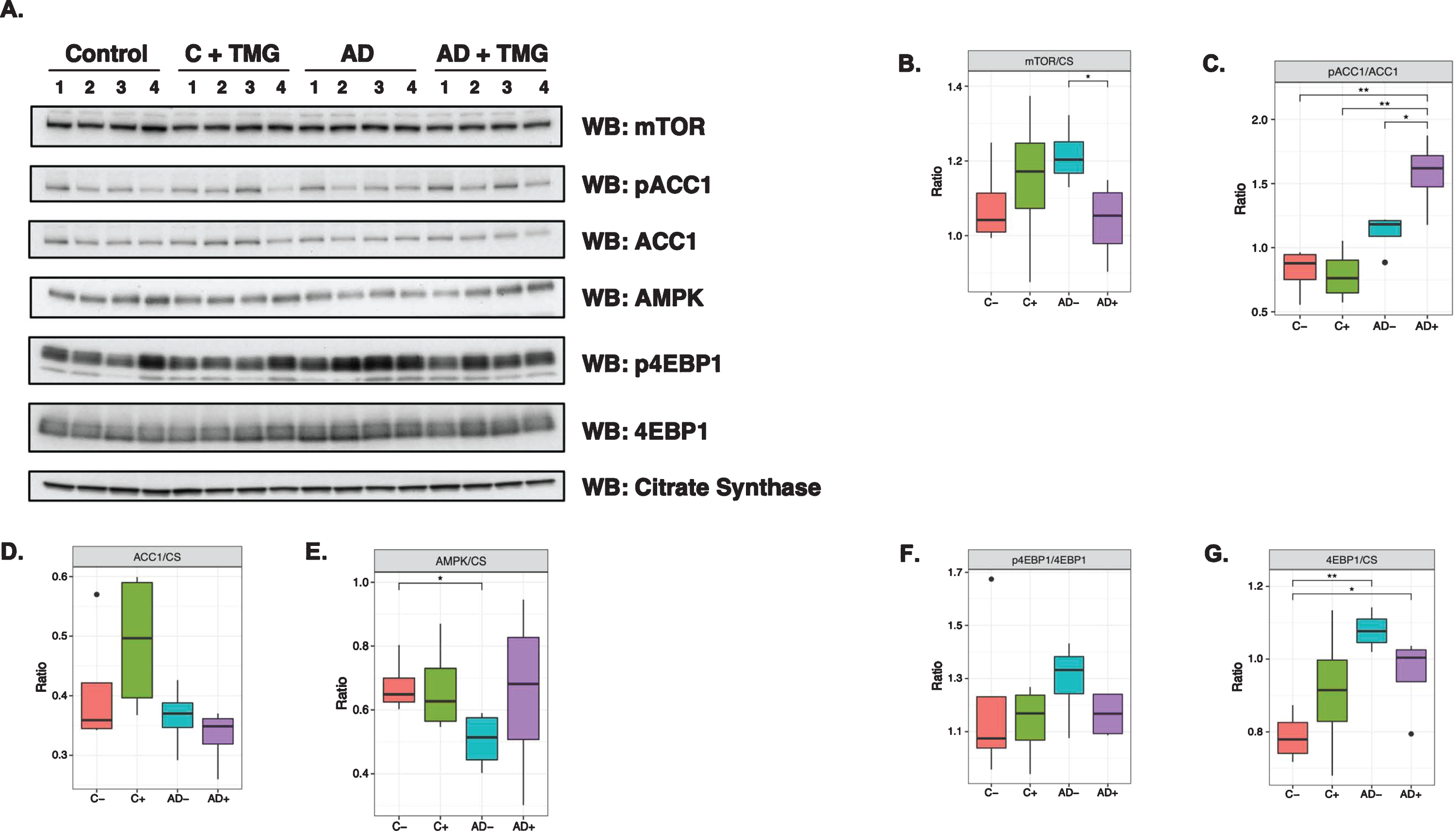
This has been studied in great detail by Burg, Kwon and colleagues and has been reviewed elsewhere. BGT1 expression is regulated by the transcription factor known as tonicity-responsive enhancer binding protein (TonEBP), also called nuclear factor of activated T-cells (NFAT5). Activation of BGT1 gene transcription in response to hyperosmotic stress suggests that the BGT1 transporter is primarily responsible for cellular betaine accumulation in these segments during osmotic stress. BGT1 specific mRNA is predominantly present in the thick ascending limb of Henle's loop and in inner medullary collecting ducts and is osmosensitive. This is an integral membrane protein localized in the basolateral plasma membrane and is a member of the SLC6A family (SLC6A12). In contrast to reabsorption of filtered betaine by the proximal tubule in the cortex, cells in the kidney medulla accumulate betaine primarily from the blood supply and via the sodium and chloride coupled betaine/γ-aminobutyric acid GABA transport system (BGT1). Betaine is present in blood plasma at about 0.1 mM and is derived from the diet and choline metabolism in the liver. Betaine is an important osmolyte in the kidney and in other tissues such as brain. This aids survival because cell shrinkage would facilitate apoptosis. These balance the high extracellular osmolarity and preserve cell volume without interfering with cell function.

The high osmolarity contributes to a ‘hostile environment' and an essential strategy for cellular survival is to accumulate osmotically active organic compounds. The always high (but changing) osmolarity in the interstitium of the inner medulla is essential for the normal process of water reabsorption and urine concentration.

Betaine and kidneyīetaine in the kidney functions principally as an osmoprotectant. SIT1 (SLC6A20) exhibits some properties of the long-sought IMINO system for proline. The specific sodium-dependent betaine transport system in the straight segment may be the sodium-dependent imino acid transporter (SIT1), a member of the solute carrier (SLC) 6A sodium/solute symporter family. Both the convoluted and straight segments are likely involved in the recovery of filtered betaine. The cotransporters were found to be independent of the presence of chloride ions and both were inhibited by L-proline. One site is the proximal tubule, where betaine can be reabsorbed by cotransport with either Na + or H + across the luminal plasma membrane. The low fractional excretion of betaine was reported to be less than 6%, indicating that filtered betaine is nearly completely reabsorbed from the tubular lumen somewhere along the nephron. Betaine filtered at the glomerulus is conserved by reabsorption along the nephron. It is highly water-soluble and exists as the zwitterion (CH 3) 3N +CH 2COO - at neutral pH. Heavy alcohol consumption is the most common cause for liver-related deaths and altered liver metabolism may contribute to hepatic, vascular, coronary, and cerebral diseases.īetaine is the trimethyl derivative of the amino acid glycine and is sometimes termed trimethylglycine.

Several important questions need to be addressed to better understand the potential of betaine as a therapeutic agent for other liver diseases, such as alcohol-induced injury. These include treatment of nonalcoholic fatty liver and hyperhomocysteinemia, a risk factor for atherosclerotic disease. Increased interest in betaine has developed because of a number of therapeutic uses. Entry of betaine into liver cells is a necessary first step for its action at the cellular level. Despite this, the role of BGT1 in liver has received little attention. However, recent studies showed that BGT1 is much more abundant in liver compared to kidney medulla. In liver, the main role of betaine is a methyl donor in the methionine cycle. This process has been studied in great detail. The principal role of betaine in the kidney is osmoprotection in cells of the medulla and it enters these cells via the betaine/γ-aminobutyric acid (GABA) transporter protein (BGT1), which is upregulated by hyperosmotic stress. Betaine is much more abundant in kidney and liver compared to other mammalian organs. Betaine, also known as trimethylglycine, is an important human nutrient obtained from a variety of foods and also can be synthesized from choline.


 0 kommentar(er)
0 kommentar(er)
